In response to the book Ms. Lai read to the class, Share Your Rainbow, we created our own rainbows with crepe paper and used cotton for the clouds. The future is looking bright with these rainbows!
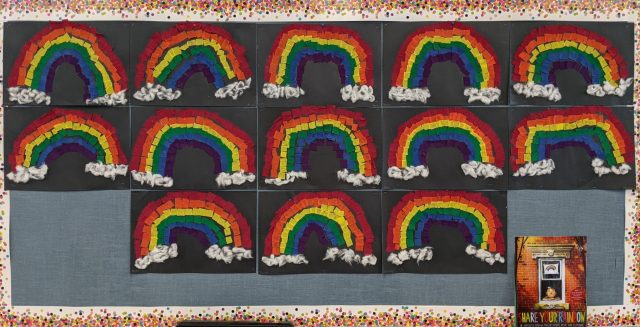
with Ms. Lai & Ms. Loungsay
Inspired by Peter Reynolds’ book, Be You!, we celebrated the importance of being unique and true to yourself. In our class discussion, there were some statements that stood out more than others. Many students liked, “Be your own thinker!” “Be okay reaching out for help,” is one that many of us adults have a hard time with. We also really liked, “Be connected,” and “Be kind,” and some students thought they were good statements in a pandemic.
We shared the connections we made to some of these statements.
“I felt brave when I jumped off a diving board into a pool.”
“I was being curious when I went for a nature walk.”
“My mom was patient when she was waiting a looooong time for me.”
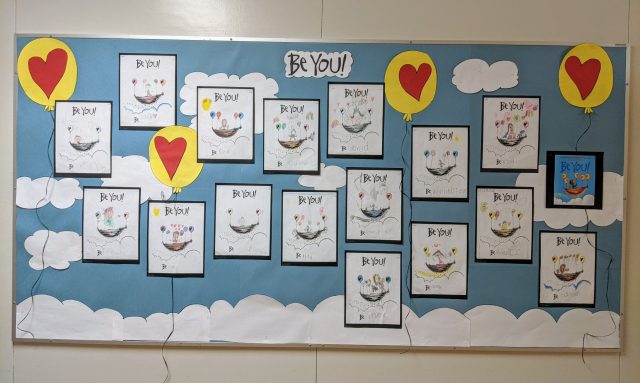
Please login to your child’s blogfolio to view their response to this book. Students were asked to choose a statement that stood out for them.
For our school-wide write, we read a picture book called, What is your Superpower? by Aviaq Johnston. In this story, a girl named Nalvana discovers that anyone can have superpowers. She has friends with super speed, friends with super strength, and friends who can do all sorts of amazing things. Nalvana discovers that she herself has a unique superpower that is even more powerful than strength and speed. Please ask your child to tell you more about this story.
Welcome to Division 9’s classroom blog! We had a great September start, and the kindergartners are settling nicely into our school routines. We have read many books, celebrated some birthdays, and have had lots of time to play. We are exploring, creating, and building friendships!
[metaslider id=1241]
[metaslider id=1248]
The RULER program has become an integral part of our social and emotional learning. As we are always trying to find better ways to help our children solve conflicts, we hope that teaching these skills can help them to better understand and manage their emotions. This is what RULER stands for:
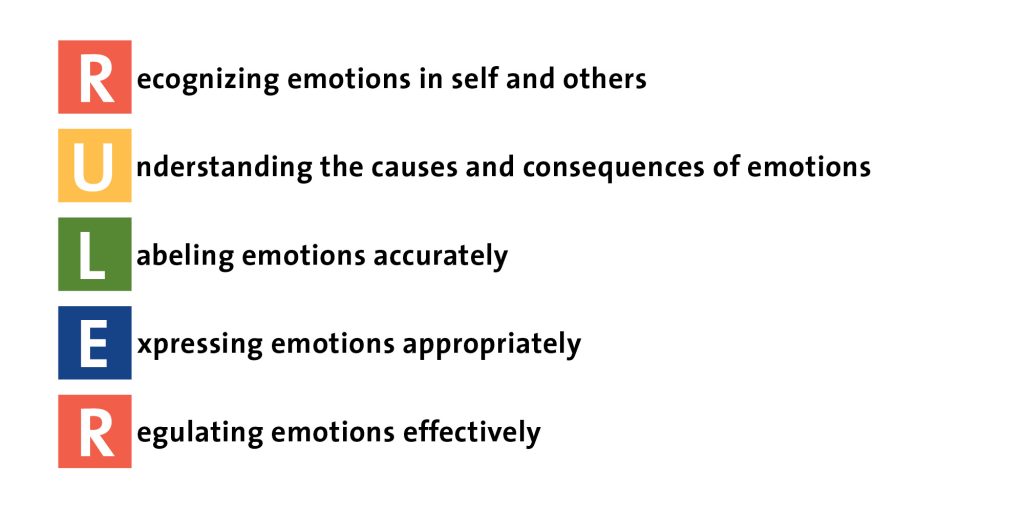
Since the beginning of the school year, we have been discussing feelings and emotion words. Students are learning how to label their emotions. As a class, we voted on the words that we felt were important to us. They were able to narrow them down to three words that they felt were most important to them.
Using these three words, we created our classroom charter. Our statement reads:
“We want to feel safe, peaceful, and included.”
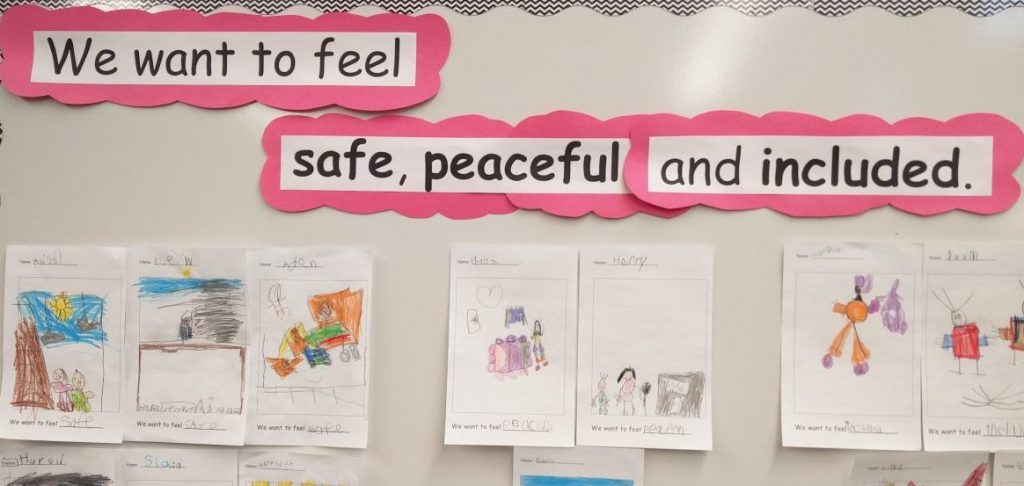
Students also drew pictures about their feeling words. Here are three examples.
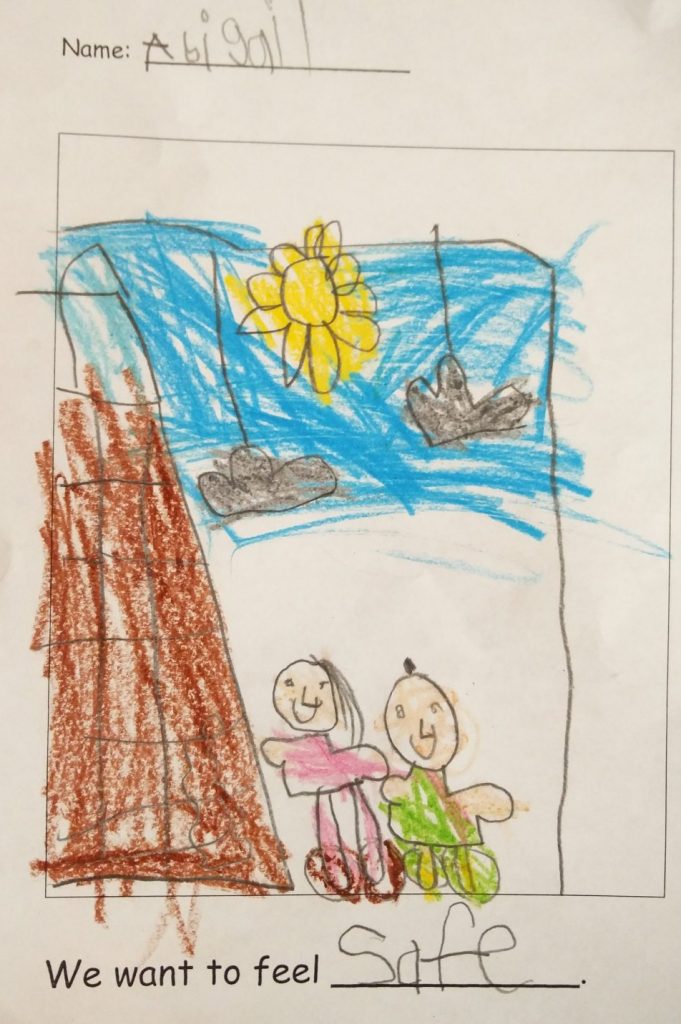
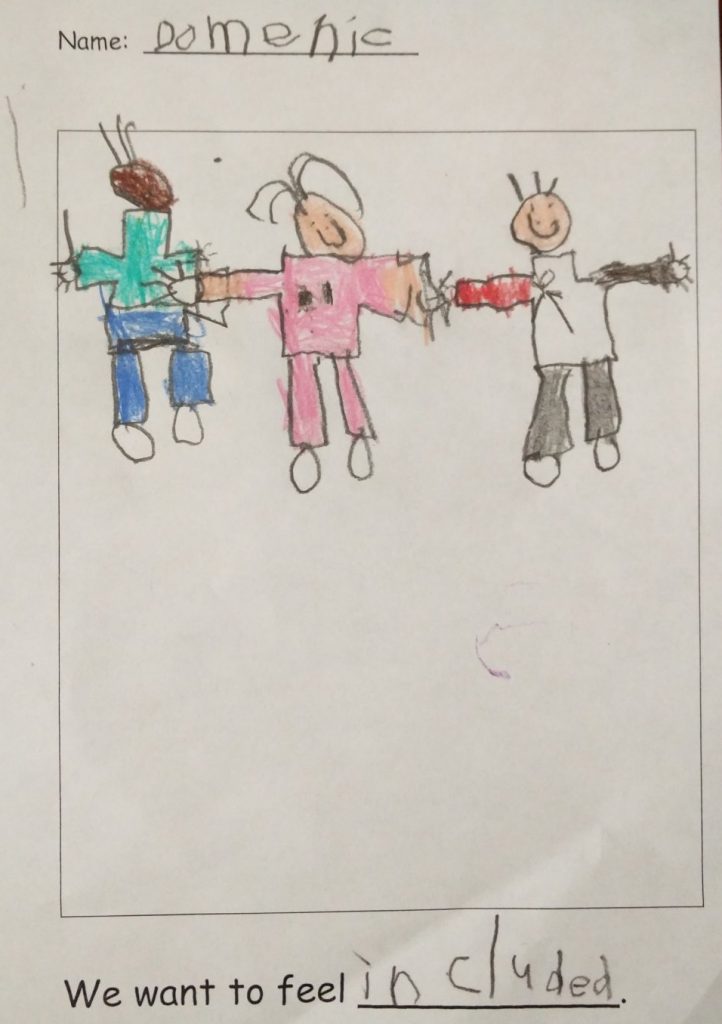
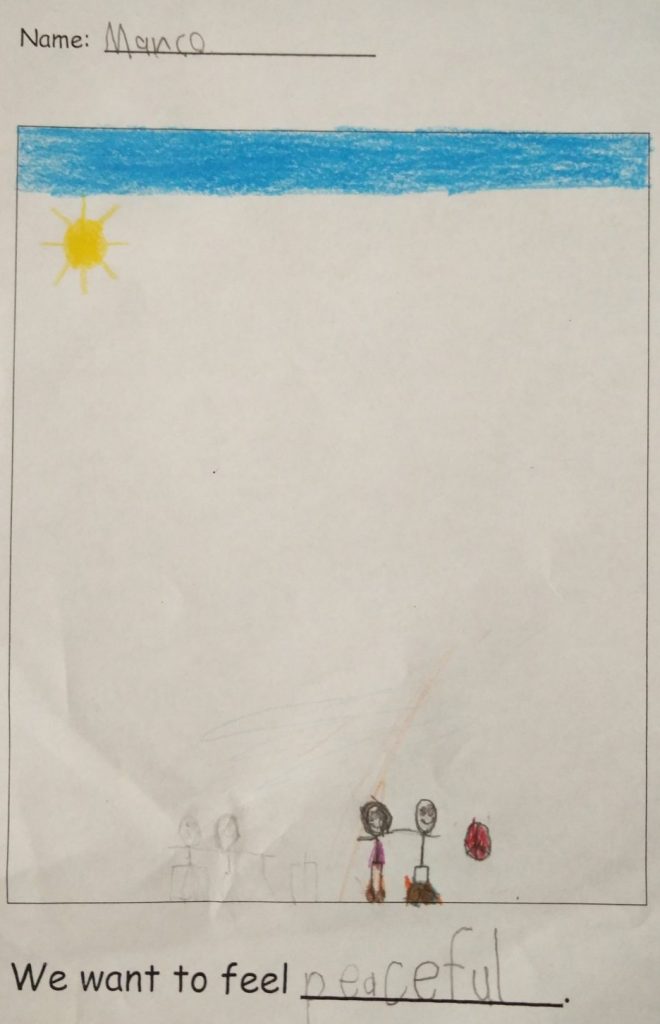
In conflict situations, I often relate back to our classroom charter. If someone forgets to clean up a mess on the floor, I would ask if this was a “safe” thing to do. Students would say that someone could slip on the mess, fall and hurt themselves.
By increasing our students’ social skills and emotional intelligence, we can build a classroom culture that encourages positive relationships. For more information on RULER, here is their website: http://ei.yale.edu/ruler/